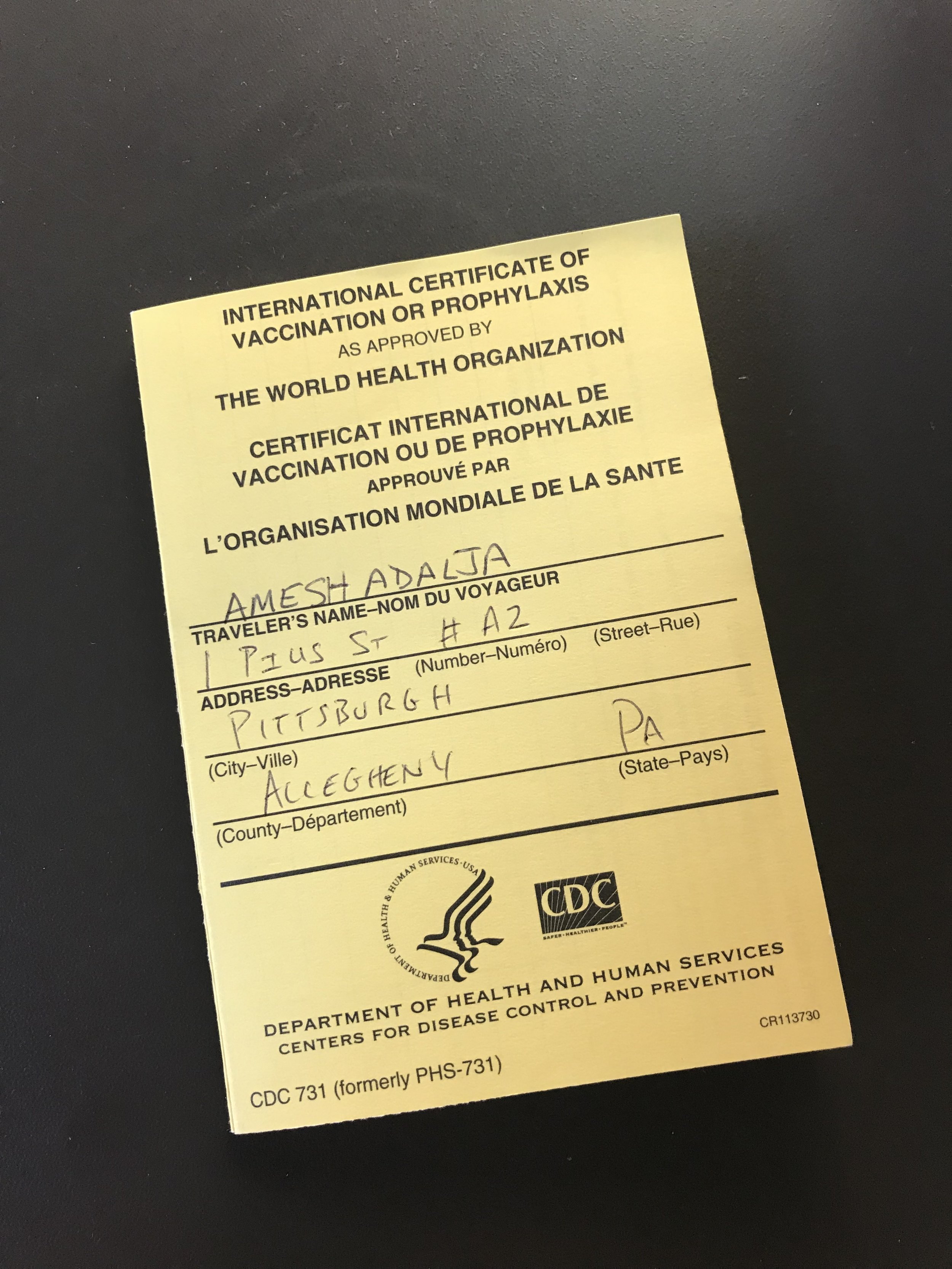Plague, for very good reasons, is something that will always capture headlines and panic individuals. It is an infectious disease that entirely disrupted civilization on multiple occasions and has become the stuff of legends involving everyone from Roman emperors to Nostradamus. Indeed for most of human history plague, caused by a bacteria that spreads from rodents via the bite of flea, was an existential threat, until it was tamed by scientific discoveries that discovered its origin and its susceptibility to antibiotic therapy. In many parts of the world, this taming of plague has made it a non-issue but a new outbreak on the African island nation of Madagascar has some worrying characteristics that merit swift action to extinguish what could become a larger problem.
In Madagascar, close to 700 individuals have been infected with 57 succumbing to the infection. What makes this outbreak particularly notable, despite occurring in a country that has hundreds of annual plague cases, is that many of the cases are of the pneumonic form. This form of plague, which involves infection of the lungs, is the form that can be transmitted between humans through coughs and sneezes in little droplets that travel about 3 feet. Also, cases are occurring in urban areas giving the bacteria more opportunity to find new hosts.
These factors have prompted public health agencies to take prompt actions including the creation of a treatment center and the delivery of antibiotics. So far, the risk of international spread is low -- despite an importation to the Seychelles. However, in the wake of Ebola it is crucial, even in low international risk situations and with effective antibiotic therapies, to not allow infectious diseases to any breathing room





